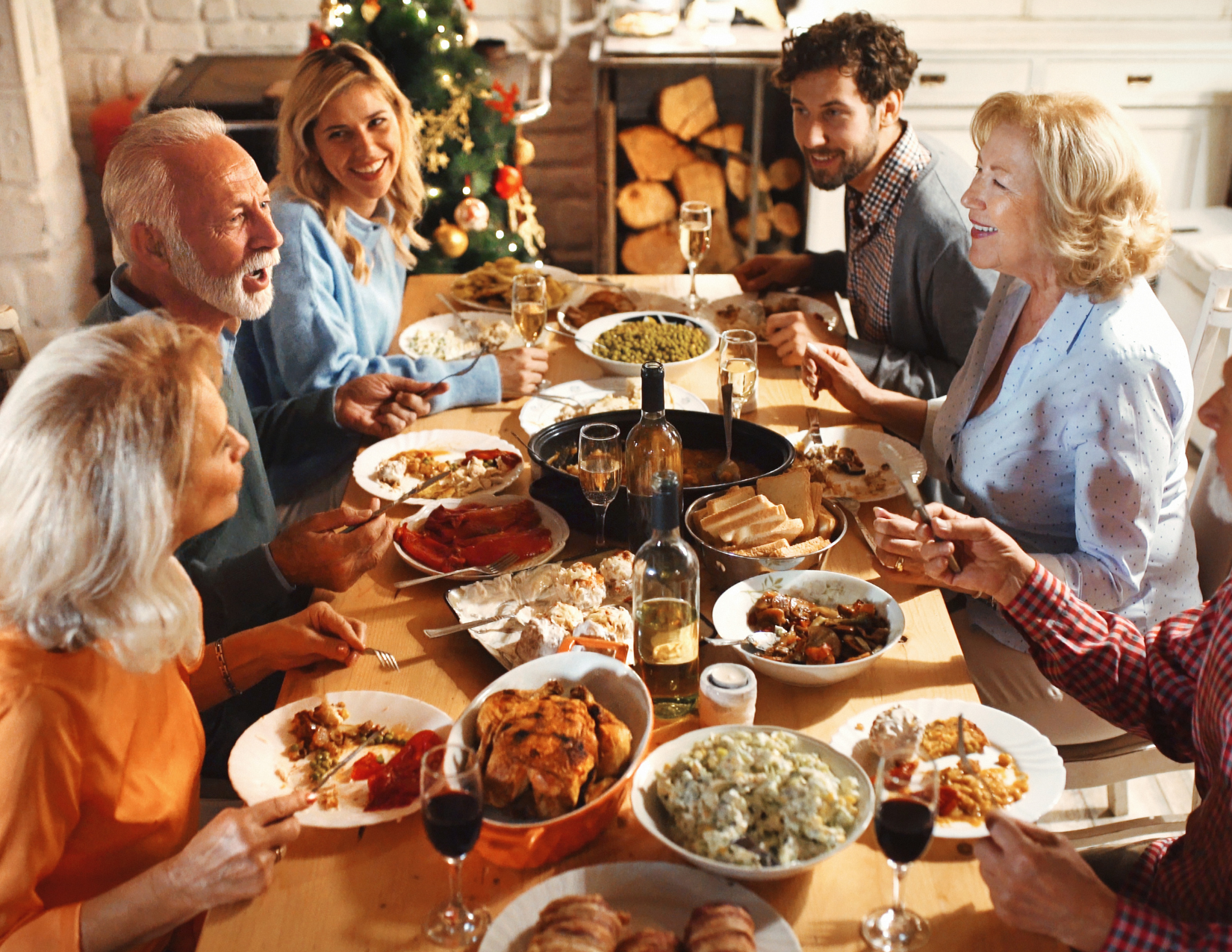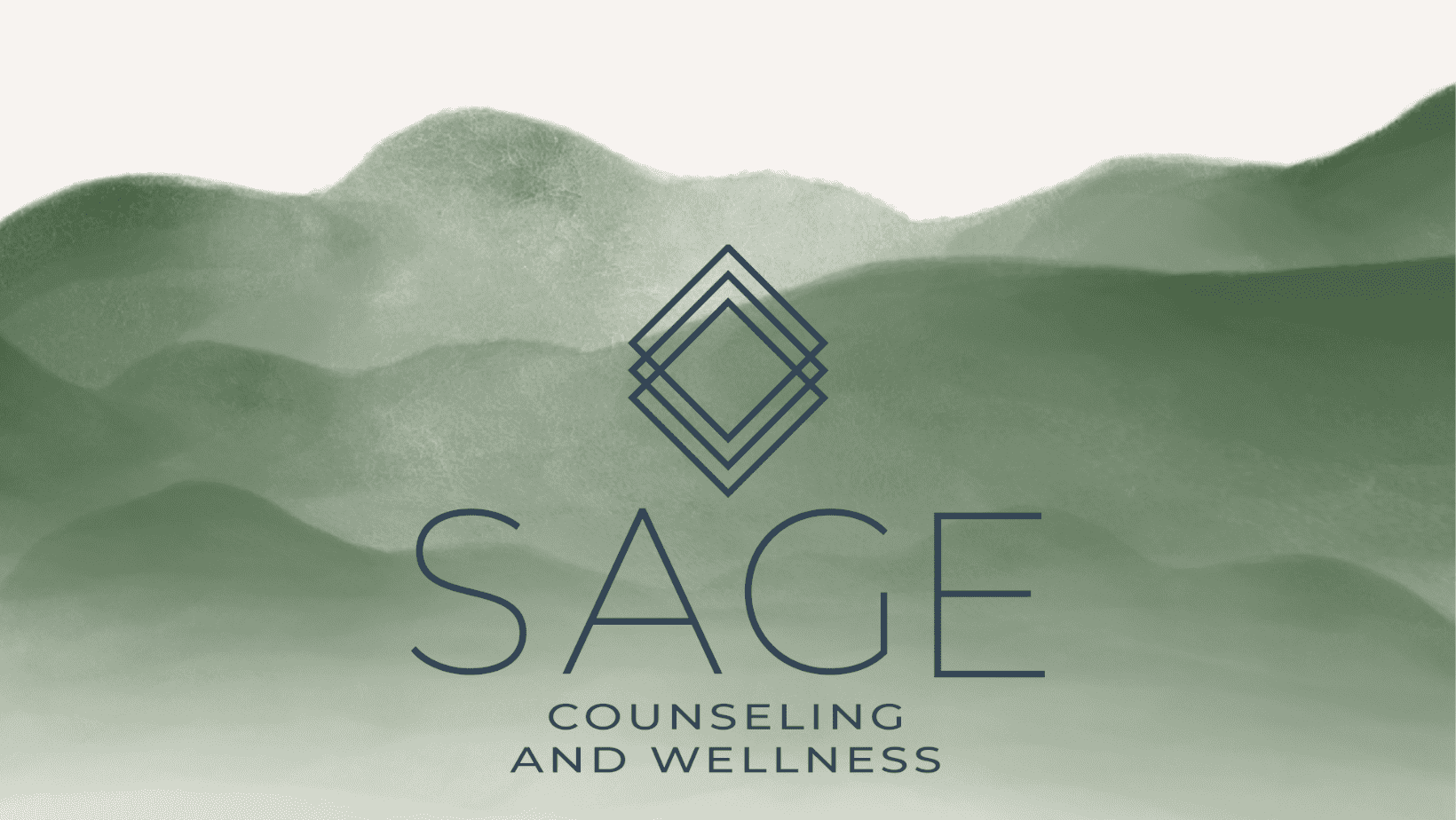
You Deserve an Emotionally-Safe Thanksgiving—Here’s How to Make It Happen
This post may contain affiliate links, which means we may receive a commission, at no extra cost to you, if you make a purchase through a link. Please see our full disclosure https://sagecounselingtherapyandwellness.com/disclosure-privacy-policy-terms-of-use/ for further information.
For many people, Thanksgiving brings warmth and connection. For others, it brings dread. Maybe there is family conflict, identity-based hostility, grief that makes “gratitude” feel hollow, or a partner or relative who is emotionally or physically unsafe. If the holiday season leaves you tense instead of thankful, you are not the problem. Your nervous system is doing its job by flagging real or perceived risk.
Medication or “just be positive” is not the answer here. What helps is a plan that centers safety, choice, and support, so you can decide how to spend the day in a way that protects your wellbeing.
Understanding Holiday Distress
Holiday stress is not only about busy schedules or burnt pies. It can reflect deeper issues: coercive dynamics at home, critical comments about your body or identity, pressure to drink when you are sober, unresolved grief, or cultural dissonance in blended families. If you feel on edge, numb, or panicky as the day approaches, nothing is wrong with you. Your body is trying to keep you safe.
What Is a Safety and Support Plan?
A Safety and Support Plan is a short, written roadmap for how you will care for yourself before, during, and after holiday events. It covers physical safety, emotional regulation, digital privacy, boundaries, exit options, and who you can contact for help. The goal is not to “tough it out.” The goal is to give yourself choice.
What to Expect When You Create One
A safe, compassionate frame
You start by naming what makes the day hard. This could include estrangement, a high-conflict relative, identity-based microaggressions, or fear of escalation. Validating your experience reduces shame and clarifies your non-negotiables.
Education and reassurance
You will learn how stress shows up in the body and why clear plans lower threat responses. You will also review basic tech safety and how to access help discreetly if needed.
Evidence-based tools and techniques
You will choose grounding skills (paced breathing, 5-4-3-2-1), brief cognitive reframes, body-based resets, and micro-boundaries you can use at the table. You will also script one-line responses to common provocations so you are not improvising under pressure.
At-home exercises
You will gather your “regulation kit” in advance: snacks, meds, water, a calming playlist, a supportive text buddy, and a written exit plan. If attending, you will set a time cap and decide a “tap twice = I need help” signal with an ally.
Collaboration with other providers
If there is risk of harm, you may coordinate with a therapist, hotline advocate, or trusted friend. If you are navigating sobriety, you might loop in a sponsor or peer-support network for check-ins before and after the event.
Common Tools and Exercises
Micro-Safety Moves
Park so you cannot be blocked in. Sit near an exit. Keep your keys, ID, and phone on you. Identify one “safe room” for short resets.
Boundary Scripts
“I am not discussing my body or relationship today.”
“That joke is not okay for me.”
“I am stepping outside. I will be back at six.”
“I am leaving now. We can talk another time.”
Grounding and Regulation
- 4-6 breathing: inhale 4, exhale 6, continue for two minutes.
- 5-4-3-2-1: name five things you see, four you feel, three you hear, two you smell, one you taste.
- Cold water on wrists, a brief outside walk, or a body scan in the bathroom.
Digital Privacy Checks
Disable location sharing that you do not intend. Review app permissions. Use a code word with a friend for “call me with an excuse.”
Chosen Family Rituals
- Friendsgiving on a different day.
- Sunset remembrance ritual if you are grieving.
- Volunteering for two hours followed by a calm meal with safe people.
- Virtual drop-in with LGBTQ+ peers or other supportive communities if going home is not safe.
Benefits of Having a Plan
- Lower anxiety and fewer freeze or panic moments
- Clearer boundaries and faster de-escalation
- More agency over where you go, how long you stay, and when you leave
- A softer landing after the day ends
When to Consider Professional Support
- You anticipate harassment, coercion, or violence
- You are navigating sobriety and fear relapse pressure
- You are dreading misgendering or identity-based hostility
- You are grieving and feel overwhelmed by “family togetherness” messaging
A clinician can help you rehearse scripts, finalize exit plans, and set up post-event care so you do not have to white-knuckle the day alone.
Safety and Support Plan Template (copy-and-use)
Page 1: Quick Info
- Event address and parking notes
- Arrival time and time cap
- Exit Plan A, B, C
- A code word with a friend means “call me now” or “come get me”
Page 2: Boundaries and Scripts
- Off-limits topics list
- Three one-liners you will use
- Ally at event: name and signal
Page 3: Regulation Kit
- Before: ten-minute routine, meds check, snack, text your support person
- During: 4-6 breathing, 5-4-3-2-1, outside walk, water
- After: debrief call, journal, early bedtime, gentle plan for the next morning
Page 4: Chosen Family / Alternative Plans
- Your alternative ritual and who is invited
- Volunteer slot or nature walk window
- Virtual connection plan if not attending any event
Page 5: U.S. Help Lines (24/7)
- National Domestic Violence Hotline: 1-800-799-SAFE, chat available
- 988 Suicide & Crisis Lifeline; Veterans press 1; text and chat available
- Crisis Text Line: text HOME to 741741
- SAMHSA National Helpline and Disaster Distress Helpline for mental health and substance use support
- The Trevor Project (for LGBTQ+ youth and young adults): call, chat, or text
Conclusion
If Thanksgiving does not feel safe or joyful, you are allowed to do it differently. A simple plan can lower your stress, protect your boundaries, and help you choose a connection that feels right for you, whether that is a short visit, a Friendsgiving, or a quiet day with your chosen family.
Sage Counseling and Wellness offers a range of therapy and wellness resources designed to guide you toward a balanced lifestyle, healthier relationships, and deeper self-understanding. Visit our website to learn more about our approach, explore available services, and discover additional tools to help you make the most of your life.
To discuss how therapy could help you during this season of your life, please contact me or schedule your free 15-minute consultation.
Resources
National Domestic Violence National Hotline. “Safety Planning for the Holidays and Weekends.” n.d. https://www.thehotline.org/resources/safety-planning-for-the-holidays/ The Hotline
Substance Abuse and Mental Health Services Administration (SAMHSA). “Support During the Holidays.” 2023. https://www.samhsa.gov/about/digital-toolkits/support-during-holidays SAMHSA
Substance Abuse and Mental Health Services Administration (SAMHSA). “988 Frequently Asked Questions.” 2023. https://www.samhsa.gov/mental-health/988/faqs SAMHSA
988 Suicide & Crisis Lifeline. “About 988.” n.d. https://988lifeline.org/ 988 Lifeline
Crisis Text Line. “Text Us: How It Works (Text HOME to 741741).” n.d. https://www.crisistextline.org/text-us/ Crisis Text Line
The Trevor Project. “Get Help.” n.d. https://www.thetrevorproject.org/get-help/ The Trevor Project
National Alliance on Mental Illness (NAMI). “Tips for Managing Holiday Stress.” 2022. https://www.nami.org/anxiety-disorders/the-happiest-time-of-the-year-tips-for-managing-holiday-stress/ NAMI
SAMHSA. “Supporting Your Mental Health During the Holiday Season.” 2023. https://www.samhsa.gov/blog/supporting-your-mental-health-during-holiday-season
Want to read more? Here are a few related blog posts you may be interested in checking out!





0 Comments